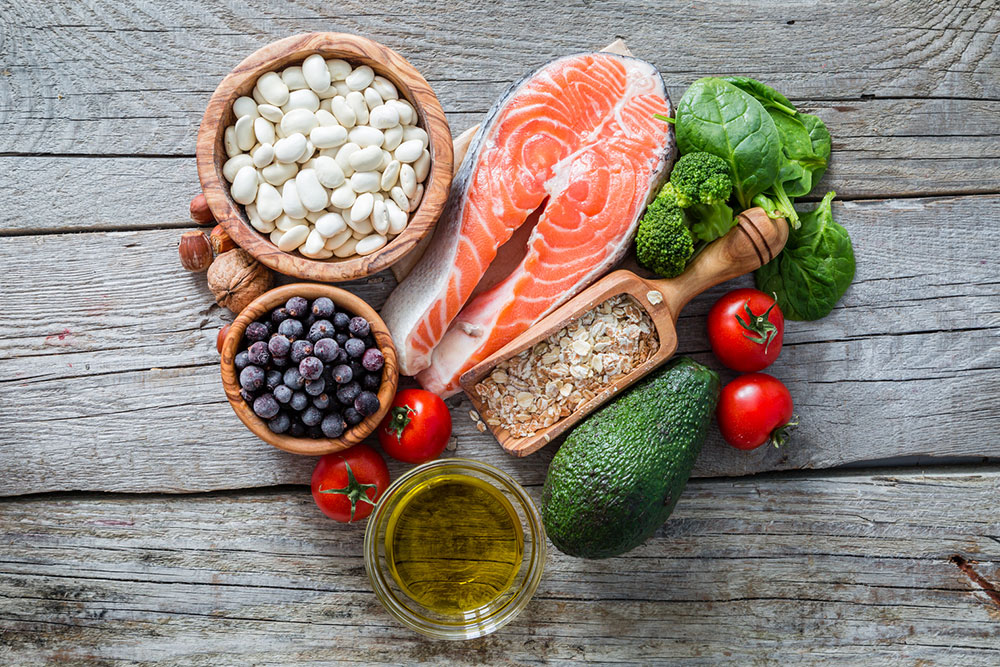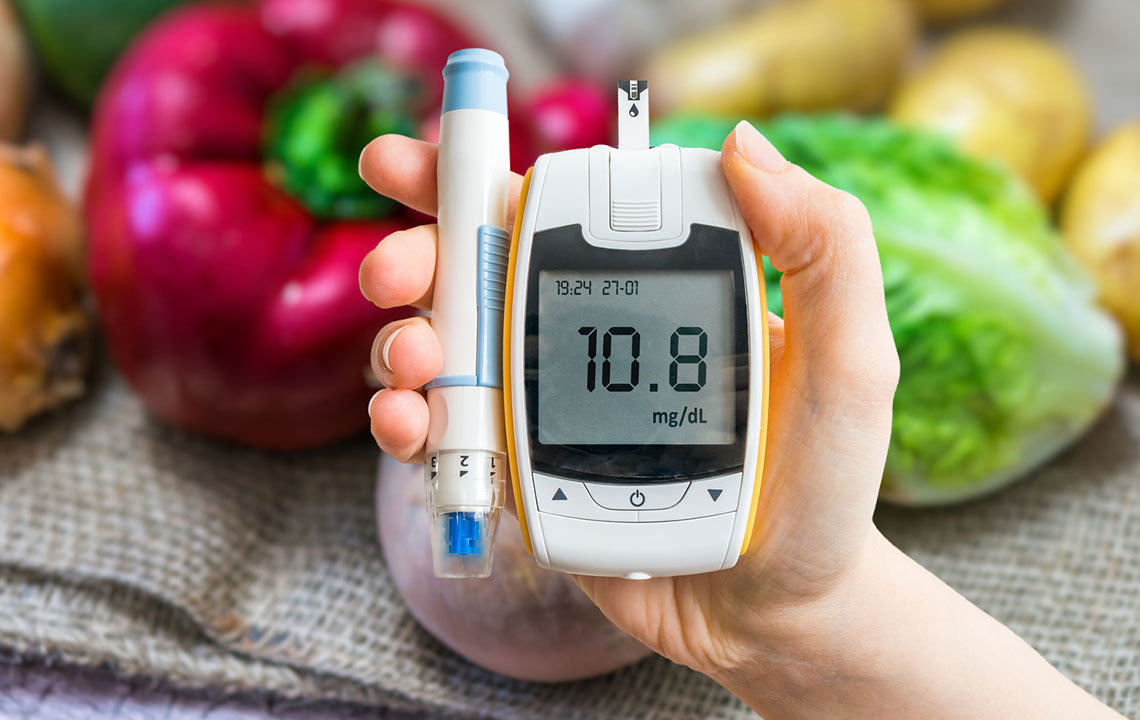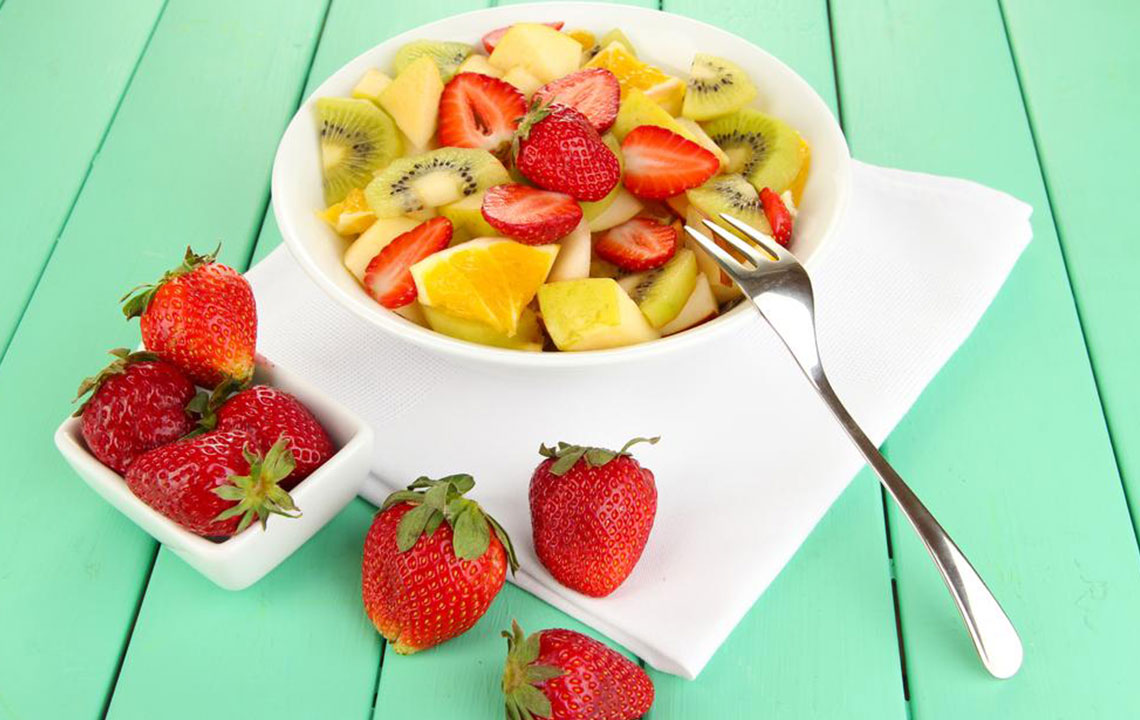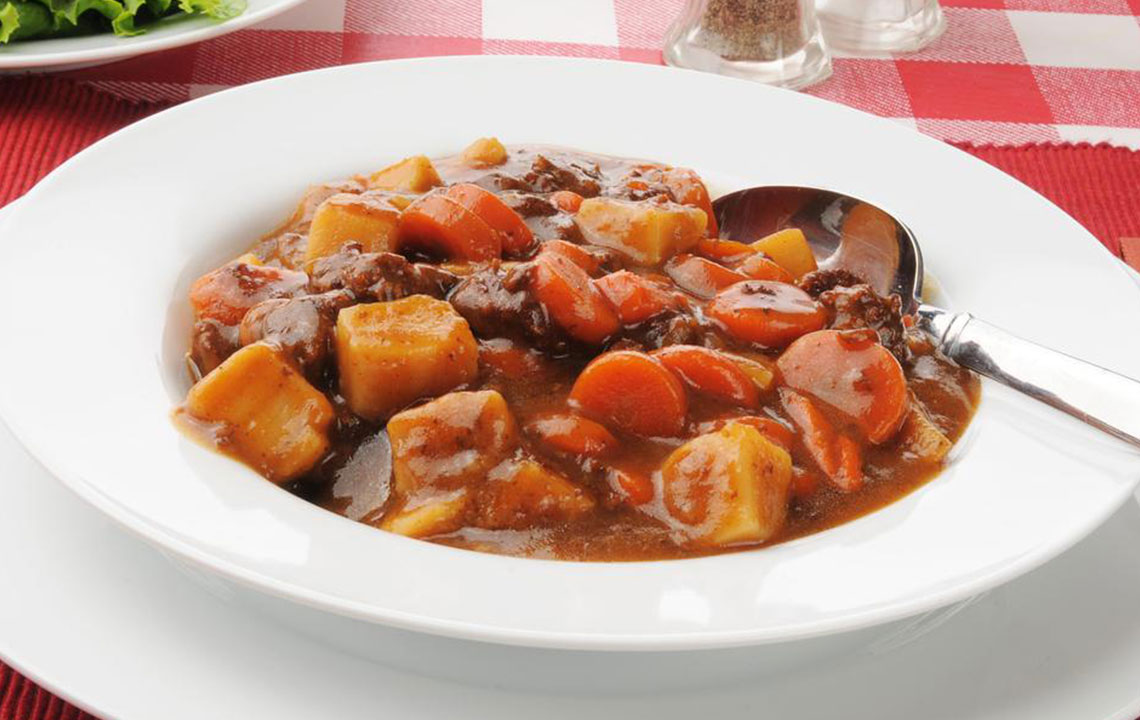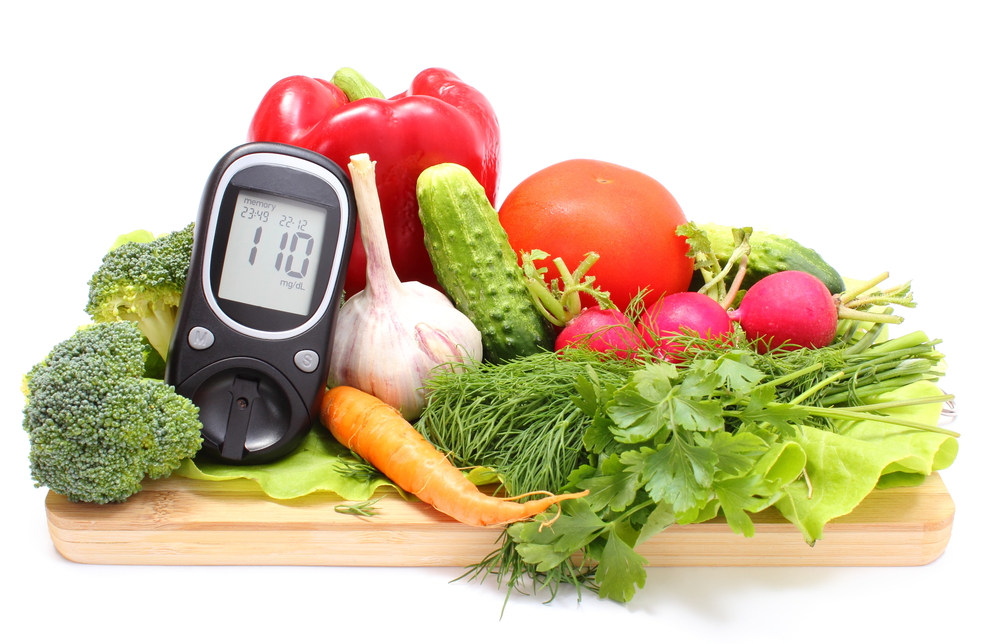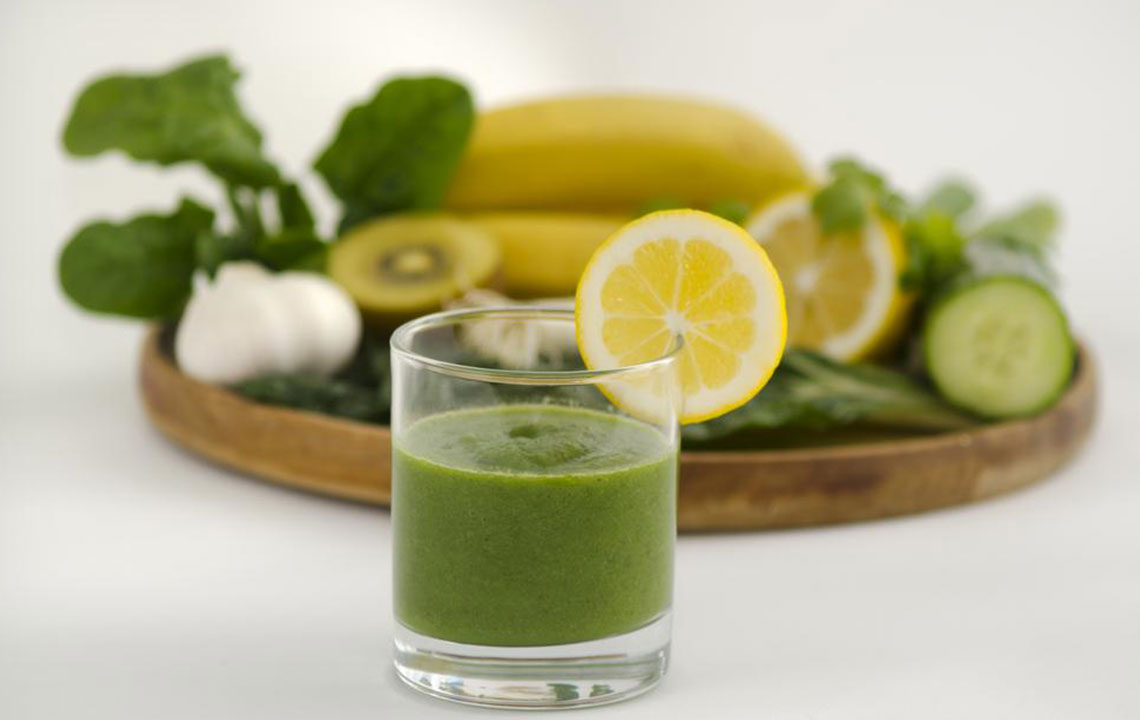Top 4 Foods That Could Increase Your Risk of Developing Diabetes
Discover four common foods that may raise your diabetes risk. Learn how flavored yogurt, granola bars, condiments, and red meats can impact blood sugar. Explore healthier alternatives to manage your condition better and make informed dietary choices. This comprehensive guide offers practical tips for diabetics aiming to improve blood glucose control through smarter eating habits.
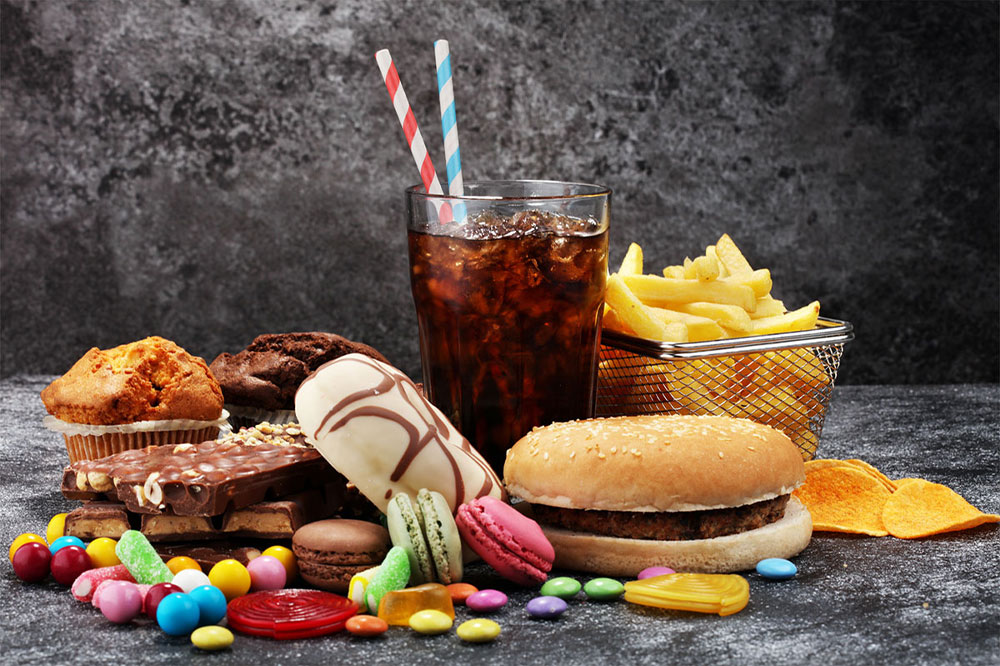
Top 4 Foods That Could Increase Your Risk of Developing Diabetes
Diabetes mellitus, commonly known as diabetes, is a complex chronic disease affecting millions worldwide. Its prevalence continues to rise, driven by lifestyle and dietary factors. Understanding how specific foods influence blood sugar levels is essential for managing and potentially reducing the risk of developing this condition. While many people are aware of certain dietary risks, there are other foods that might seem healthy but could inadvertently contribute to insulin resistance and high blood glucose levels.
Flavored Yogurt and Its Hidden Risks
Flavored yogurts are widely popular because of their sweet taste and creamy texture, making them a common breakfast or snack choice. However, many store-bought flavored yogurts contain high amounts of added sugars, artificial flavors, and preservatives. These hidden sugars can cause rapid spikes in blood glucose levels, which over time may impact insulin sensitivity and worsen diabetes control. It’s often better to opt for plain Greek or Icelandic yogurt made from skimmed milk. These versions are rich in high-quality protein, low in carbohydrates, and contain fewer impurities. Enhancing plain yogurt with fresh berries, nuts, or seeds can boost flavor and nutritional value without unnecessary sugars, making it an ideal option for blood sugar management.
Granola Bars: Are They Safe for Diabetics?
Granola bars are marketed as healthy snacks high in energy and fiber, but many commercial varieties contain significant amounts of added sugars, syrups, and sweeteners. These hidden sugars can cause blood sugar surges, making them less suitable for individuals managing diabetes. Alternatively, homemade granola bars using natural sweeteners like honey or dried fruits, combined with oats, nuts, and seeds, provide better control over ingredients. Choosing sugar-free or low-sugar options available in stores, and reading nutrition labels carefully, can help in making safer choices that support blood sugar stability.
Condiments and Sauces with Hidden Sugars
Many condiments—including ketchup, salad dressings, soy sauce, teriyaki, barbecue sauces, and marinades—contain added sugars that can significantly impact blood glucose levels. These hidden sugars serve as preservatives, flavor enhancers, and sweetening agents, but can inadvertently raise blood sugar in diabetics. Selecting sugar-free or no-added-sugar versions and always reading ingredient lists are crucial steps. Look for terms like corn syrup, molasses, sucrose, or high-fructose corn syrup to identify added sugars. Using herbs, spices, vinegar, and lemon juice can help flavor foods without adding unwanted sugars, making meals safer and healthier.
Red Meat and Blood Sugar Control
Red meats such as beef and pork are common protein sources in many diets. While they are nutritious, these meats contain high amounts of heme iron, which research suggests may interfere with insulin function and blood sugar regulation when consumed excessively. Additionally, cooking methods play a role; frying or grilling at high temperatures can produce harmful compounds. Healthier alternatives include lean poultry like chicken breasts, fish rich in omega-3 fatty acids, and plant-based proteins like beans, lentils, soy products, and whey protein. Preparing meals through baking, steaming, slow-cooking, or stewing can reduce the risk of blood glucose spikes and support overall diabetic health. Maintaining a balanced diet with diverse protein sources is essential for blood sugar stability.
